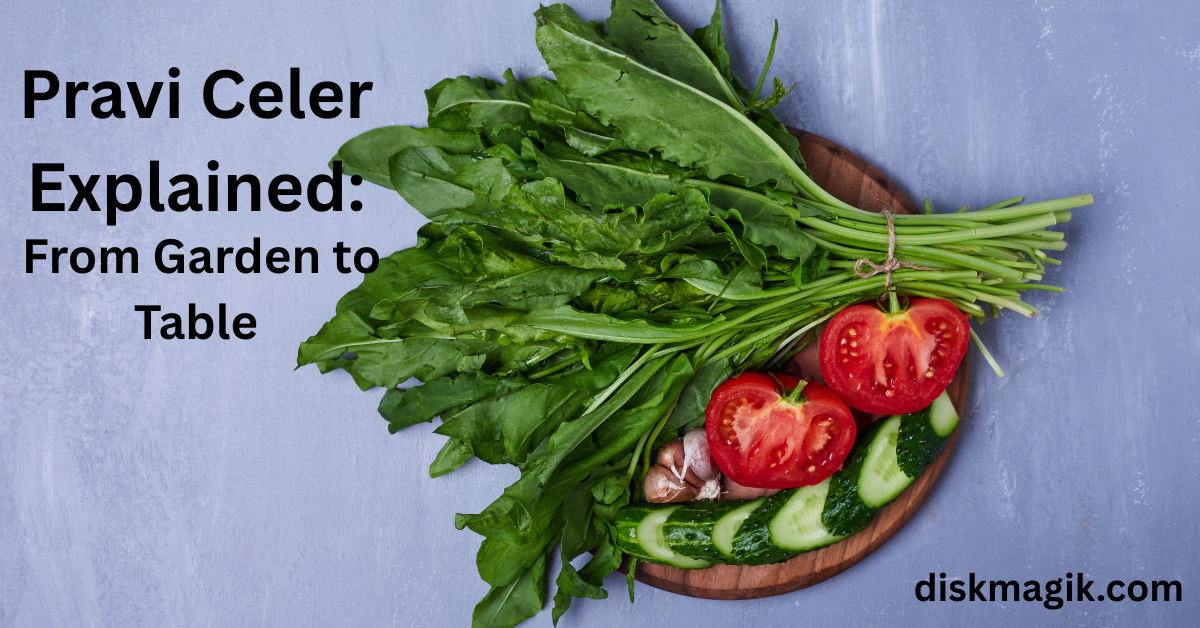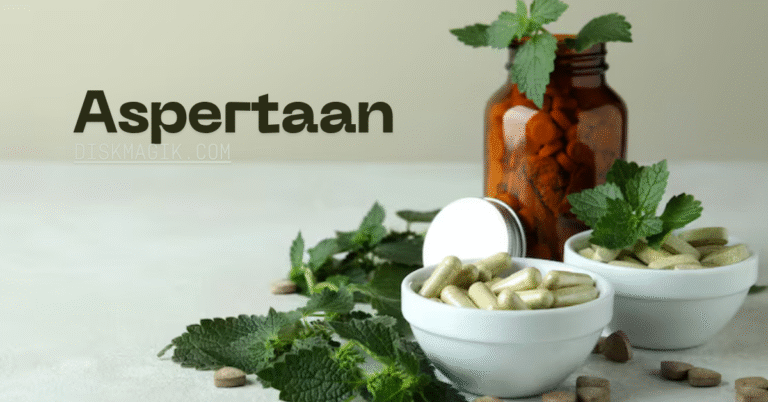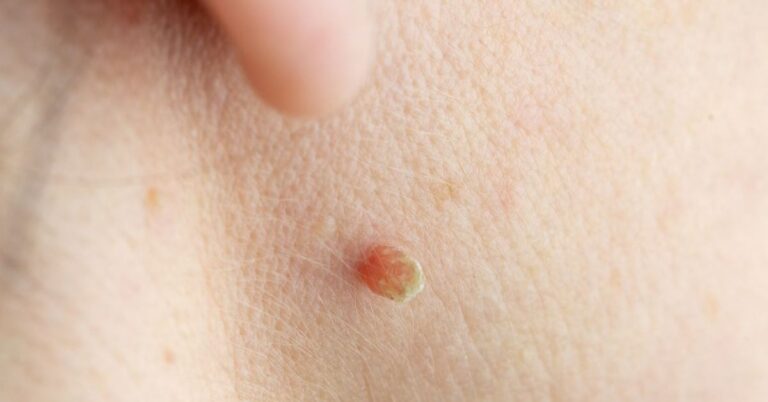Pravi Celer Explained: From Garden to Table

What does “pravi celer” mean?
In South-Slavic languages (Croatian / Bosnian / Serbian) “pravi” means real / true / genuine, and “celer” means celery — so pravi celer literally translates to *“real (or true) celery.” That phrase is often used in recipes, blogs and local markets to emphasize authentic/whole celery (as opposed to processed or hybrid marketing names).
What is celery (botanical ID & quick facts)
Pravi Celer is the cultivated vegetable Apium graveolens (family Apiaceae). There are several cultivated groups: stalk (the common crunchy celery), leaf celery (grown for leaves), and celeriac (grown for its swollen root). Celery has long, ribbed stalks, feathery leaves and small umbrella-like flowers.
Nutrition at a glance — table (raw celery, per 100 g)
| Nutrient / Item | Amount (per 100 g, raw) |
|---|---|
| Energy (calories) | ~14–16 kcal. |
| Water | ~95 g (celery is mostly water). |
| Carbohydrates | ~3 g. |
| Protein | ~0.7 g. |
| Fat | ~0.2 g. |
| Dietary fiber | ~1–2 g. |
| Potassium | ~260 mg. |
| Vitamin K | ~29 µg (≈20–25% DV). |
| Vitamin C / Folate / Vitamin A | Small but useful amounts; celery contributes to daily intake but is not a single dominant source. |
(Values vary slightly by cultivar and source; above numbers reflect standard USDA / food-composition references.)
Why people call it healthy — key benefits (short explanation)
- Very low in calories and high in water — great for hydration, low-calorie snacks or when tracking calories.
- Rich source of vitamin K — supports blood clotting and bone health.
- Contains antioxidants and flavonoids (apigenin, luteolin, caffeic and ferulic acids, etc.) that contribute to anti-inflammatory and antioxidant activity in laboratory and some clinical studies. These compounds are part of why celery is studied for potential cardiovascular and anti-inflammatory benefits.
- Fiber + water helps digestion and feelings of fullness (useful for weight management).
Note: while celery has useful micronutrients and phytochemicals, it’s not a miracle cure — include it as part of a varied diet.
Types / varieties (short)
- Stalk celery (Dulce Group) — the common crunchy celery sold in supermarkets.
- Leaf celery (cutting celery) — used mainly for its aromatic leaves.
- Celeriac (root celery, Rapaceum Group) — grown for its round edible root.
How to grow pravi celer (detailed, practical guide)
Overview: celery is a long-season, moisture-loving crop that prefers cool, steady growing conditions and rich, moisture-retentive soil. It’s more demanding than many quick annuals, but home gardeners get very flavorful results.
. Quick growing timeline (approximate)
| Step | When (relative to frost / season) | Notes |
|---|---|---|
| Sow seeds indoors | 10–14 weeks before last spring frost (some sources recommend up to 18–20 weeks if growing for fall). | Celery seeds are tiny and slow to germinate; keep soil warm and moist. |
| Harden & transplant | Transplant after risk of frost is low, when seedlings have 3–4 true leaves. | Choose a stable cool period; avoid hot spells at transplant. |
| Growing season | Celery prefers 60–75°F (15–24°C) and even moisture. | Mulch and regular watering are critical; uneven water causes stringy stalks. |
| Days to maturity | ~85–120+ days, depending on variety. | Short-season varieties (e.g., ‘Tango’) mature faster; long-season varieties need patience. |
. Soil & feeding
- Deep, loamy, fertile soil with plenty of organic matter and good moisture retention works best. Soil pH ~6–7. Add compost or well-rotted manure before planting.
. Watering & care
- Keep soil consistently moist — celery roots are shallow and will bolt or become fibrous if allowed to dry. Mulch helps. Fertilize monthly or follow soil test recommendations. Monitor for pests (aphids, slugs) and diseases (bacterial blight).
. Harvest
- You can harvest whole stalks when the outer stalks are at least ~6 inches long, or cut individual stalks as needed. For head/hill varieties, harvest the entire crown when ready.
How to use pravi celer in the kitchen (practical tips)
- Raw: sticks with dips, chopped in salads, or thinly sliced for crunch.
- Base flavoring: essential in classic mirepoix (celery + onion + carrot) and many stocks, soups and stews.
- Juicing & smoothies: popular for hydration and micronutrient boost; pair with apple, cucumber, lemon.
- Cooked side: sautéed with garlic, added to braises, stir-fries, or roasted for a milder flavor.
- Leaves & seeds: leaves can flavor soups; seeds (ground) are a spice in many cuisines.
Storage tip: keep celery crisp by wrapping and storing in the crisper or submerged standing in a jar of water in the fridge for several days; refresh water often.
Common concerns & cautions of Pravi Celer
- Allergies: celery is a known allergen for some people and can cross-react with birch pollen or carrots in sensitive individuals. Be cautious if you have plant allergies.
- Furocoumarins & sun sensitivity: very large amounts of celery (esp. celery oil/essential oil) can increase skin sensitivity to sunlight in some cases — typical dietary use is safe.
FAQs (Pravi Celer)
Q: Is “pravi celer” a special variety?
A: Not usually — it’s a phrase meaning “real celery.” Sometimes used by sellers/blogs to emphasize traditional or properly grown celery rather than processed or hybrid product names.
Q: Are celery and Pravi Celer the same?
A: They are the same species (Apium graveolens) but different cultivar groups: stalk celery for crunchy stalks, and celeriac (root celery) for the edible root stock.
Q: Can I regrow celery from supermarket scraps?
A: You can regrow celery tops in water or potting mix to get leaves and small stalks — it’s a handy kitchen trick. For a full head, transplanting healthy regrown crowns into soil may produce more growth but it varies by variety and season.
Q: How long does Pravi Celer keep?
A: Fresh celery typically keeps ~1–2 weeks in the fridge if wrapped or stored in water; blanching/freezing is possible for longer storage.
Q: Is celery juice better than eating celery?
A: Juice concentrates some nutrients and is convenient, but it removes fiber. Eating whole celery gives fiber plus slower nutrient absorption. Both have roles depending on preference.






